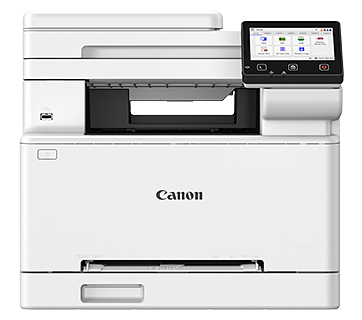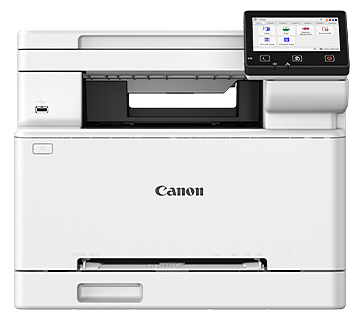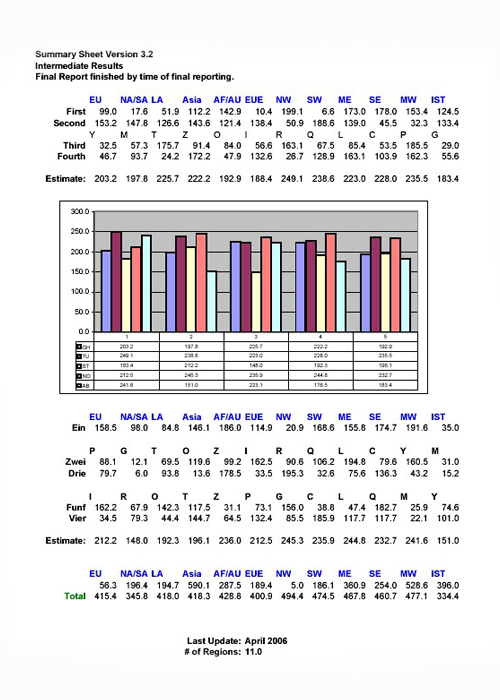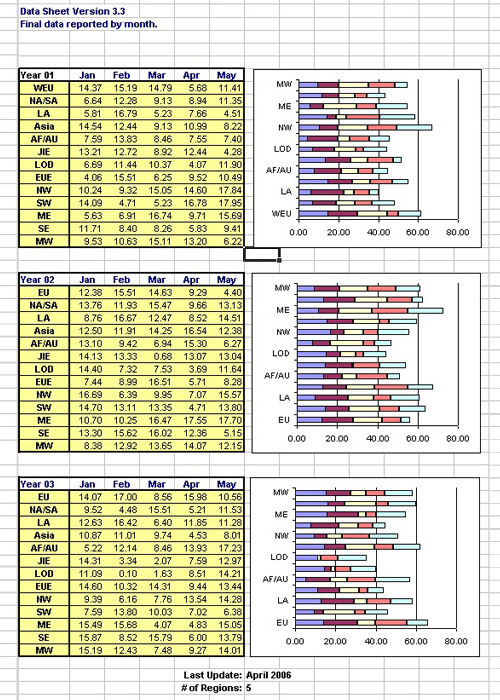BEWARE OF DOUBLE STANDARDS!
Ask for ISO Printing Speed.
Understanding ISO Standard

The ISO Standard
The only way to know the true print and copy speeds of inkjet printing devices.
In order to compare the print and copy speeds of inkjet and multi-function printers, it’s necessary to have a set of uniform standards. Unless identical standards are used it is impossible to know the speed of one printer relative to another – In other words, to know which printer is faster.
It would be like comparing the speed of two runners, one of whom races on a level field and the other up a flight of stairs. Because the testing standards are different, the results cannot be compared and are therefore meaningless.
As a result, Canon and the other leading inkjet printer manufacturers have worked closely with the International Organization for Standardization (ISO) to develop standardized testing methodologies for determining print and copy speeds.

ISO/IEC 24734
The Standard For Determining Print Speed
This standard is for digital printing devices – including inkjet printers and applies to both monochrome and colour printers capable of printing on A4/8.5x11” paper. It defines the methodology for comparing plain-paper productivity in default mode using a variety of applications – such as Word, Excel and PDF.
ISO/IEC 24734 designates test files, test setup procedures, test runtime procedures, as well as the reporting requirements for digital printing productivity measurements. The test-system environment, operating modes and job mix are identical for each machine being tested.

ISO/IEC 24735
The Standard For Determining Copy Speed
This standard provides a methodology for measuring digital copy and is applicable to digital copying devices and multi-function devise with an automatic document feeder. It is intended for both monochrome and colour digital copying devices.
ISO/IEC 24735 designates the test files, test setup procedures, test runtime procedures, as well as the reporting requirements for digital copying productivity measurements. The test-system environment, operating modes and job mix are identical for each machine being tested.
Why IPM

Images Per Minute
The Best Way To Express Print And Copy Speeds
Although both “images per minute” (ipm) and “pages per minute” (ppm) are approved for use with the ISO standards, there is a serious concern that using “ppm” will create confusion. Since the “ppm” unit of measurement can be applied to both ISO standards as well as the previous standards used by individual printer manufacturers, Canon will use only “ipm” when expressing print and copy speeds. Thus, consumers will always know the true speed of Canon Inkjet printers and All-in-Ones.
Real Documents
Conventional PPM Test Sample
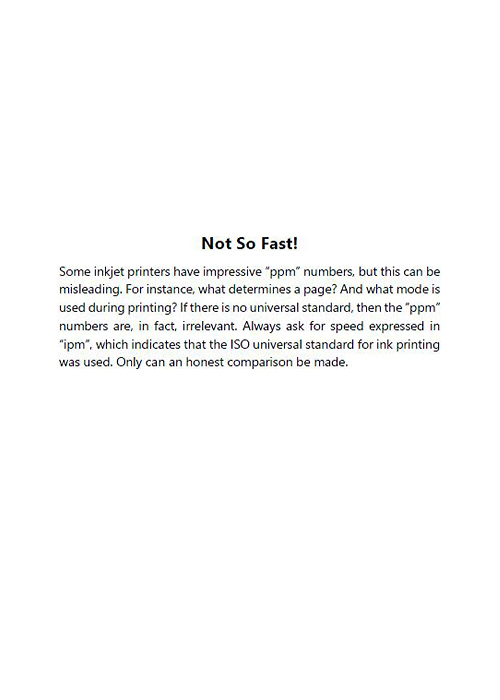

ISO/IEC 24734 Print Speed Measurement Test Sample Suite
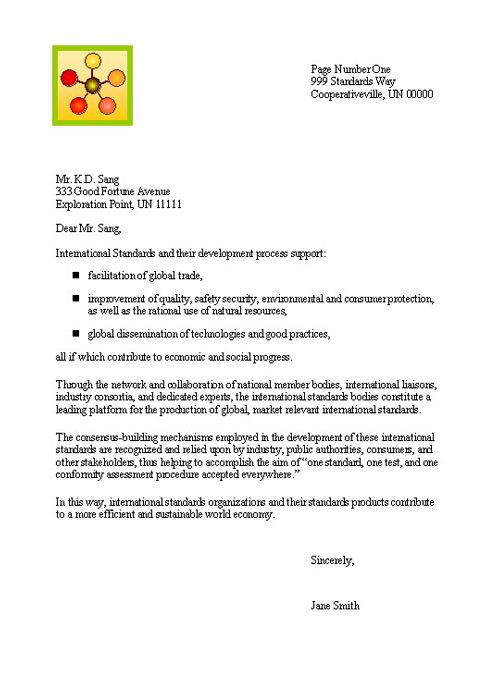


Frequently Asked Questions
What is ISO?
The International Organization for Standardization (ISO) is an international organization that specifies requirements for state-of-the-art products, services, processes, materials and systems. ISO standards are designed to be implemented worldwide and can become a market requirement for the products and services to which they apply.
What are the ISO Productivity Standards governing print and copy speeds?
In determining which printer or multi-function device to purchase, speed is often a critical factor. Until 2009, each manufacturer used its own standards and methodologies to determine speed, making any meaningful comparison impossible.
A common testing methodology was required, and so Canon and other leading printer manufacturers worked together with the ISO to create a set of uniform standards. On 4 March 2009, ISO/IEC 24734 and ISO/IEC 24735 were officially published as the International Standards for measuring the speed of digital printing and copying devices.
What is ISO/IEC 24734?
ISO/IEC 24734 provides a method for measuring the plain-paper productivity of digital printing devices (in default mode) with various available modes (simplex, duplex, etc.) and office applications, ensuring that the test-system environment, operating modes and job mix for each machine are identical.
It specifies test files, test setup procedures, test runtime procedures and the reporting requirements for digital printing productivity measurements. It is not intended for devices unable to print A4/8.5x11” paper.
What is ISO/IEC 24735?
ISO/IEC 24735 provides a method for measuring the productivity of digital copying devices (in default mode) with various copying modes.
It is applicable to digital copying devices and multi-function devices – both monochrome and colour – equipped with an automatic document feeder and collating function.
ISO/IEC 24735 allows the comparison of throughput copying rates for a machine operated in various available modes (complex, duplex, etc.) and digital image processing configurations.
It specifies test files, test setup procedures, and the reporting requirements for digital copying productivity measurements.
When did Canon start using the ISO standards?
Canon began using ISO standards in the first half of 2009 with the introduction of PIXMA MX328, MX338 and MX868.
All applicable printers and All-in-One since have employed ISO standards to express print and copy speeds. Canon’s early adoption promotes this new form of measurement and exemplifies the Company’s commitment to these internationally defined and practical specifications.
It is important to note that the ISO standards define only print and copy speed criteria. With the exception that the “Default” standard mode required assumes reasonable print quality necessary for actual usage, they are not meant to provide any other definitions related to print quality.
Why is "ipm" used instead of "ppm"?
The use of both "pages per minute" (ppm) and "images per minute" (ipm) is acceptable under the ISO standards. However, there is a concern that using “ppm” will cause confusion.
Since the "ppm" unit of measurement can be applied to both ISO standards as well as the previous standards used by individual printer manufacturers. Canon will only use "ipm" to express speeds for ESAT print and ESAT (ADF) copy.
Will Canon continue to express speeds in "ppm"?
Whenever the new speeds measured by the ISO standards become available, Canon will cease using the outdated “ppm” designation. Only “ipm” will be used to avoid any possibility of confusion.
What is the minimum amount of information required when expressing results in accordance with ISO/IEC 24734 and ISO/IEC 24735?
It is recommended that the Summary Report be presented in brochures and other sales materials; however, the minimum information required is ESAT.
Canon’s own Data Disclosure dictates that Packages/Sales Materials should include basic specification; and that Summary Reports be available online.
What are the key marketing specifications for ISO/IEC 24734 and ISO/IEC 24735?
ESAT – Estimated Saturated Throughput
- Average print speed for all document sets excluding the first set in Simplex mode (one-sided print) at default print speed (monochrome and colour)
- In order to differentiate it from the conventional "ppm", Canon will use "ipm" (images per minute)
FCOT – First Copy Out Time
- First page copy speed (without ADF) shall be described in "seconds"
ESAT – Estimated Saturated Throughput (for copying)
- Average copy speed for all document sets excluding the first set in Simplex mode (one-sided copy) at default print speed (colour only)
- In order to differentiate it from the conventional "cpm", Canon will use "ipm" (images per minute)
Can ISO/IEC 24734 and ISO/IEC 24735 documents be obtained by a consumer?
The ISO documents are available for purchase via the ISO website. After purchase, the documents and test files can be downloaded. For details on purchasing ISO documents, visit:

